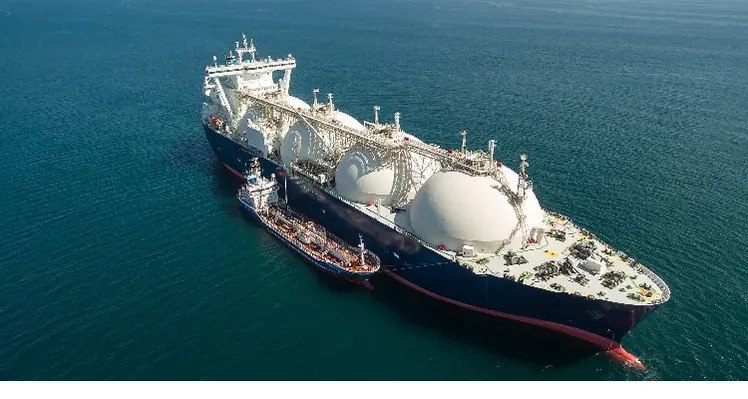Geopolitical uncertainties are the biggest risk factor for global gas markets in 2024, according to the IEA’s latest Gas Market Report
Growth in global gas demand is set to pick up this year to 2.5% or 100bcm due to colder winter temperatures and easing prices, with emerging economies leading the increase in consumption, but geopolitical risks and supply-side concerns could trigger renewed price volatility, according to the Q1 report. Russia’s invasion of Ukraine, heightened tensions in the Middle East and concerns over deliberate interference with critical infrastructure such as pipelines all have the potential to generate further volatility.
“The escalation of regional conflict could significantly affect LNG flows in the Middle East,” the IEA comments. “Qatar, which alone accounted for 20% of global LNG supplies in 2023, and the United Arab Emirates primarily transport their LNG production through the Strait of Hormuz. Consequently, any disruption to this route could have major implications for global LNG markets.
“Furthermore, due to the rising number of attacks in the Bab alMandab Strait between Yemen and Djibouti, an increasing number of LNG ships are altering their Middle East transit routes. These attacks have heightened maritime security risks and driven up regional insurance costs.
Qatari LNG
“In 2023, nearly 4% of global LNG trade (or 20 bcm) flowed westward through the Suez Canal. Over 90% of this was delivered from Qatar to Europe. Following Qatar Energy’s decision to halt sending its LNG ships through the Red Sea in January 2024, Qatari LNG supplies have been reaching Europe via the Cape of Good Hope, doubling shipping time. This could also put upward pressure on spot LNG charter rates and ultimately translate into higher LNG supply costs.”
QatarEnergy confirmed in a statement on its website that Qatar’s LNG production continues uninterrupted, and it remains committed to ensuring the reliable supply of LNG to its customers.
“While the ongoing developments in the Red Sea area may impact the scheduling of some deliveries as they take alternative routes, LNG shipments from Qatar are being managed with our valued buyers,” it says.
The IEA forecasts that LNG supplies will grow by 3.5% this year – well below the 8% growth rate experienced between 2016-20 – as delays in new liquefaction plants and issues surrounding the availability of feedgas at existing projects could push back supply growth to 2025. Growing demand and tight supply could significantly contribute to price fluctuations throughout the year.
“The global gas market is entering a new period as the world gradually emerges from an energy crisis that had profound impacts on both the supply and demand sides,” said Keisuke Sadamori, IEA director of Energy Markets and Security. “We expect to see solid growth in global gas demand this year as prices have come down to relatively manageable levels. But the speed at which this new demand can be met will be critical, particularly as supplies are tight and substantial new LNG capacity will only come online after 2024.”
See also:
What's in store for the oil market in 2024?
Prospects for the energy sector in 2024









